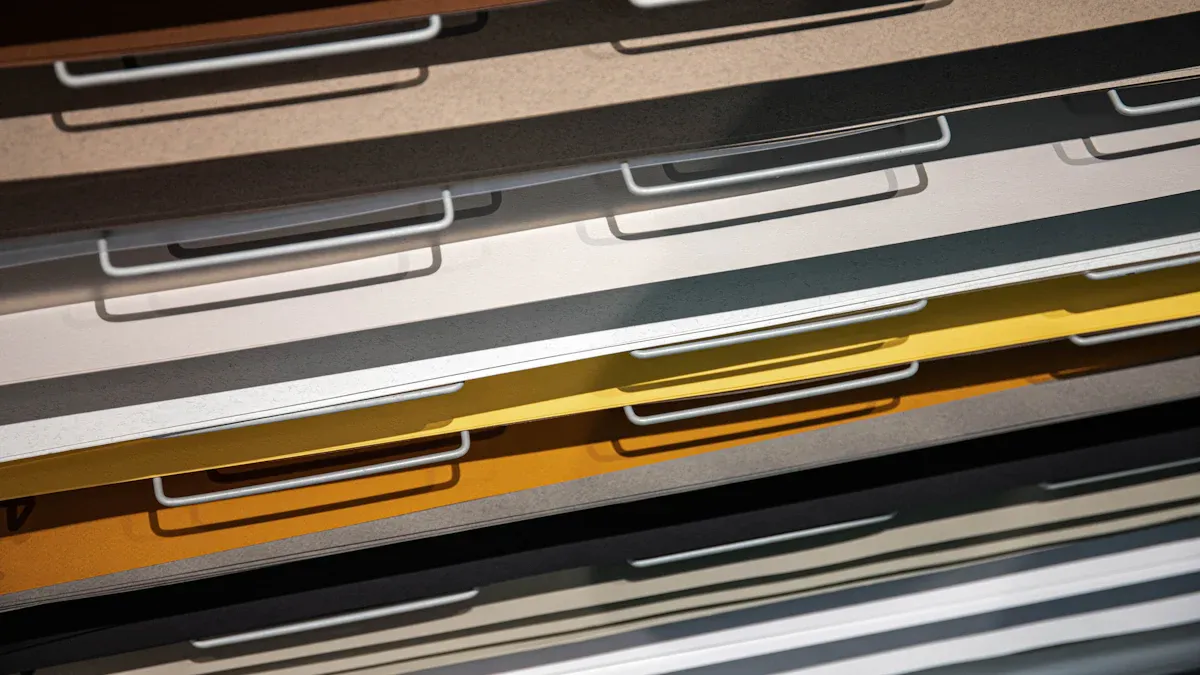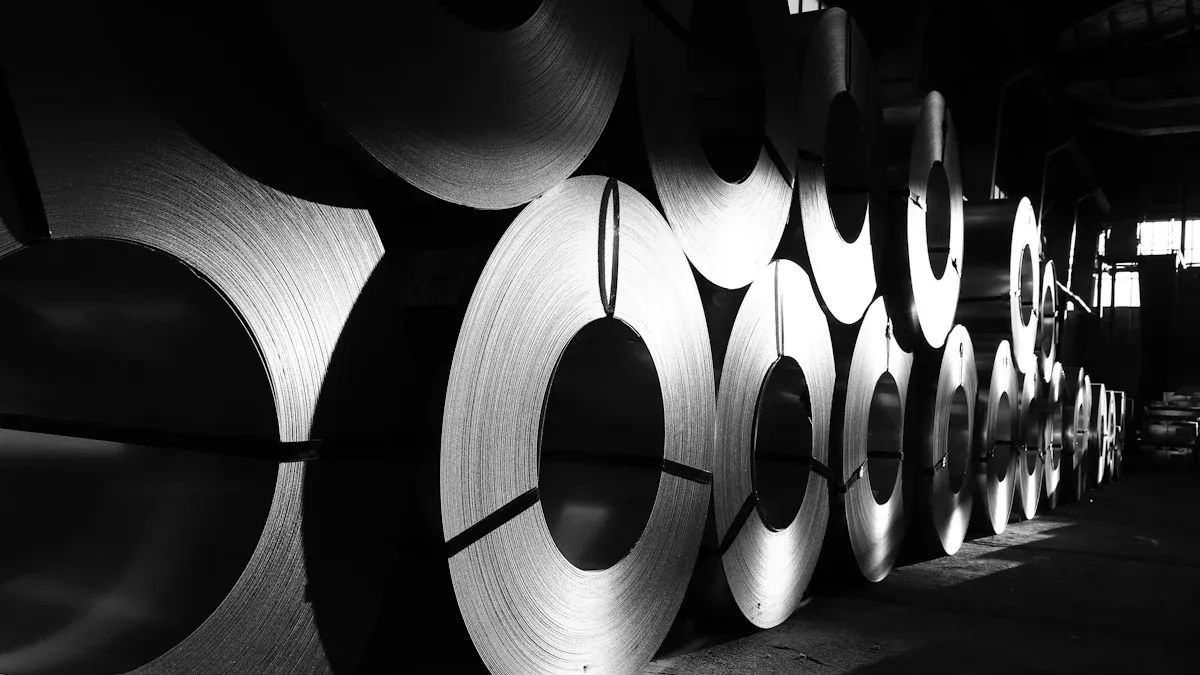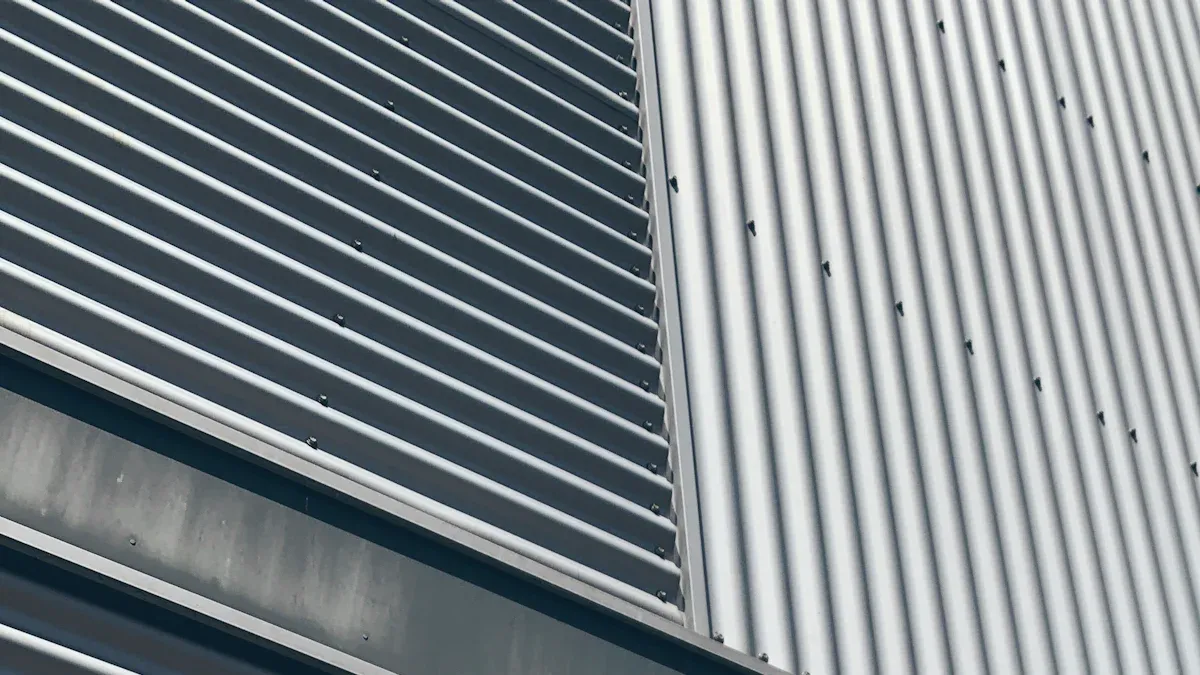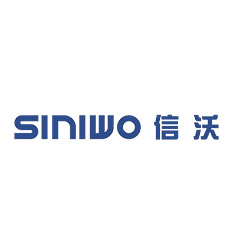
Choosing the right metal sheet enclosure is essential for industrial applications. It protects equipment from harsh conditions and ensures long-term performance. In 2025, advancements in manufacturing have made rugged metal enclosures more efficient and durable. Whether you need a fire telephone metal enclosure or a customized metal enclosure, selecting the right one ensures reliability. A telephone metal enclosure, for example, must withstand environmental challenges while maintaining functionality.
Key Takeaways
- Measure your equipment properly to pick the right size. Leave space for air to flow and future upgrades to avoid overheating.
- Pick materials that match your environment. Aluminum is light and resists rust, while stainless steel is strong and lasts in tough conditions.
- Think about custom options like testing designs first. Custom enclosures fit your needs and work better for your equipment.
Understanding Product Requirements
Dimensions and Size Constraints
When choosing a metal sheet enclosure, you must first consider the size of the equipment it will house. Measure the dimensions of your components carefully. Ensure the enclosure provides enough space for proper airflow and cable management. A cramped enclosure can lead to overheating or difficulty during maintenance. Always account for future upgrades or additional components. This ensures the enclosure remains functional as your needs evolve.
Working Conditions and Operational Needs
The environment where the enclosure will operate plays a critical role in your selection. Will it face extreme temperatures, heavy vibrations, or exposure to chemicals? For outdoor use, you may need an enclosure that resists UV rays and moisture. For industrial settings, prioritize durability and resistance to wear and tear. Matching the enclosure’s features to its working conditions ensures long-term reliability.
Mounting and Installation Requirements
Think about how and where you will install the enclosure. Wall-mounted enclosures save floor space and work well in compact areas. Freestanding options are better for larger equipment. Check if the enclosure includes pre-drilled holes or brackets for easy installation. Proper mounting ensures stability and prevents damage during operation. Always review the installation guidelines to avoid errors.
Material Selection for Metal Sheet Enclosures

Aluminum: Lightweight and Corrosion-Resistant
Aluminum is an excellent choice when you need a lightweight metal sheet enclosure. Its low density makes it easy to handle and install, especially in applications where weight matters. Aluminum also resists corrosion, making it ideal for outdoor or humid environments. You can rely on it for long-term durability without worrying about rust. Additionally, aluminum is highly recyclable, which makes it an eco-friendly option. If you prioritize portability and environmental resistance, aluminum is worth considering.
Stainless Steel: Strength and Durability
Stainless steel offers unmatched strength and durability. It can withstand heavy impacts and harsh conditions, making it perfect for industrial settings. This material resists corrosion and maintains its appearance over time. You can use stainless steel enclosures in environments with high temperatures or exposure to chemicals. Its sleek finish also adds a professional look to your equipment. When durability and aesthetics are important, stainless steel stands out as a reliable option.
Galvanized Steel: Cost-Effective and Rust-Resistant
Galvanized steel provides a balance between cost and performance. It features a protective zinc coating that prevents rust, even in damp conditions. This makes it a practical choice for budget-conscious projects. You can use galvanized steel for both indoor and outdoor applications. Its affordability does not compromise its ability to protect your equipment. If you need a cost-effective metal sheet enclosure that resists rust, galvanized steel is a smart choice.
Carbon Steel: High Strength for Heavy-Duty Applications
Carbon steel is the go-to material for heavy-duty applications. Its high strength allows it to support large and heavy equipment. You can count on it for structural integrity in demanding environments. While it is not naturally corrosion-resistant, you can apply coatings to enhance its durability. Carbon steel is ideal for enclosures that require maximum strength and load-bearing capacity. If your project involves heavy machinery, this material is a dependable option.
Design and Configuration of Metal Sheet Enclosures
Enclosure Shapes and Sizes
The shape and size of a metal sheet enclosure directly impact its functionality. You should choose a shape that complements the equipment it will house. Rectangular and square enclosures are common because they maximize internal space. Cylindrical or rounded designs work well for specialized applications. Always consider the available installation area. A compact enclosure fits tight spaces, while larger ones accommodate more components. Matching the enclosure’s size to your equipment ensures efficient use of space and prevents unnecessary bulk.
Thickness and Bend Radius
The thickness of the metal sheet determines the enclosure’s strength and durability. Thicker sheets provide better protection against impacts but may increase weight. For lightweight applications, thinner sheets are more practical. The bend radius also plays a role in the enclosure’s design. A proper bend radius prevents cracks or stress points during manufacturing. You should consult with your manufacturer to ensure the thickness and bend radius meet your specific needs. This guarantees a sturdy and reliable enclosure.
Ventilation and Cooling Features
Proper ventilation is essential for maintaining the performance of your equipment. Without it, heat can build up and damage sensitive components. Look for enclosures with pre-designed vents or perforations. These features allow air to circulate and keep the interior cool. For high-heat environments, consider enclosures with built-in cooling systems like fans or heat sinks. Ensuring adequate ventilation extends the lifespan of your equipment and prevents overheating issues.
Environmental and Operational Considerations
Temperature and Heat Resistance
When selecting a metal sheet enclosure, you must evaluate its ability to handle temperature extremes. High temperatures can weaken materials, while low temperatures may cause brittleness. Choose enclosures made from materials like stainless steel or aluminum for better heat resistance. If your equipment generates heat, consider enclosures with built-in cooling systems or heat-dissipating designs. This ensures your equipment operates efficiently without overheating.
Humidity and Moisture Protection
Humidity and moisture can damage sensitive equipment inside an enclosure. To prevent this, look for enclosures with weatherproof seals or gaskets. These features block water and moisture from entering. For outdoor applications, prioritize enclosures with a high Ingress Protection (IP) rating. This rating indicates how well the enclosure resists water and dust. Proper moisture protection extends the lifespan of your equipment and reduces maintenance needs.
Corrosion Resistance for Harsh Environments
In harsh environments, corrosion can compromise the durability of your enclosure. Materials like aluminum and galvanized steel resist rust and corrosion effectively. For industrial settings with exposure to chemicals, stainless steel is a reliable choice. Applying protective coatings, such as powder coating or anodizing, adds an extra layer of defense. By choosing corrosion-resistant materials, you ensure long-term reliability.
Dust and Water Protection for Longevity
Dust and water can significantly impact the performance of your equipment. Enclosures with high IP ratings provide excellent protection against these elements. For dusty environments, select enclosures with tight seals to prevent particle buildup. In wet conditions, ensure the enclosure is waterproof to avoid internal damage. Proper dust and water protection enhance the longevity of your equipment and maintain its functionality.
Customization and Cost
Prototyping and Tailored Solutions
Customization plays a vital role when selecting a metal sheet enclosure. Prototyping allows you to test designs before committing to full-scale production. This step ensures the enclosure meets your specific requirements, such as unique dimensions or specialized features. Tailored solutions can include custom cutouts, finishes, or mounting options. By working closely with manufacturers, you can create an enclosure that perfectly fits your equipment. Prototyping also helps identify potential issues early, saving time and resources in the long run.
Balancing Quality with Budget Constraints
Finding the right balance between quality and cost is essential. High-quality enclosures often come with a higher price tag, but they provide better durability and performance. You should evaluate your budget and prioritize features that align with your operational needs. For example, if your equipment operates in harsh environments, investing in corrosion-resistant materials like stainless steel is worth the cost. On the other hand, for less demanding applications, cost-effective options like galvanized steel may suffice. Always aim for a solution that offers value without compromising reliability.
Scalability for Large-Scale Applications
If your project involves large-scale production, scalability becomes a key consideration. Manufacturers who offer scalable solutions can handle increased demand without delays. You should choose a supplier with the capacity to produce consistent, high-quality enclosures in bulk. Additionally, scalable designs simplify future expansions by maintaining compatibility with existing systems. This ensures your operations remain efficient as your business grows.
Finishing and Durability Enhancements for Metal Sheet Enclosures

Powder Coating for Surface Protection
Powder coating provides a durable finish that protects your metal sheet enclosure from scratches, corrosion, and wear. This process involves applying a dry powder to the surface and curing it under heat. The result is a smooth, uniform coating that resists chipping and fading. Powder coating also offers a wide range of color options, allowing you to match the enclosure to your branding or aesthetic preferences. If you need a long-lasting and visually appealing finish, powder coating is an excellent choice.
Anodizing for Aluminum Enclosures
Anodizing enhances the durability and appearance of aluminum enclosures. This electrochemical process creates a protective oxide layer on the surface, making it more resistant to corrosion and wear. Anodized aluminum also has a sleek, modern look that works well in professional settings. You can choose from various finishes, including matte, glossy, or colored options. Anodizing not only improves the enclosure’s lifespan but also adds a touch of sophistication to its design.
Galvanization for Enhanced Corrosion Resistance
Galvanization is a process that applies a protective zinc coating to steel enclosures. This coating prevents rust and extends the life of the enclosure, even in harsh environments. Galvanized enclosures are ideal for outdoor applications where exposure to moisture or chemicals is a concern. The zinc layer acts as a barrier, ensuring the steel underneath remains intact. If you need a cost-effective way to protect your enclosure from corrosion, galvanization is a reliable solution.
Selecting the right metal sheet enclosure involves understanding your needs and the environment where it will operate. Work with experienced manufacturers to ensure high-quality solutions tailored to your requirements. Focus on durability, customization, and environmental compatibility to maximize performance and longevity. These considerations will help you make an informed decision.
FAQ
What is the best material for outdoor enclosures?
Aluminum and stainless steel work best for outdoor enclosures. Both resist corrosion and handle harsh weather conditions effectively.
How do I choose the right size for my enclosure?
Measure your equipment carefully. Add extra space for airflow, cable management, and future upgrades. This ensures proper functionality and prevents overheating.
Can I customize my metal sheet enclosure?
Yes, you can. Manufacturers offer tailored solutions like custom cutouts, finishes, and mounting options. Prototyping helps you test designs before full production.


